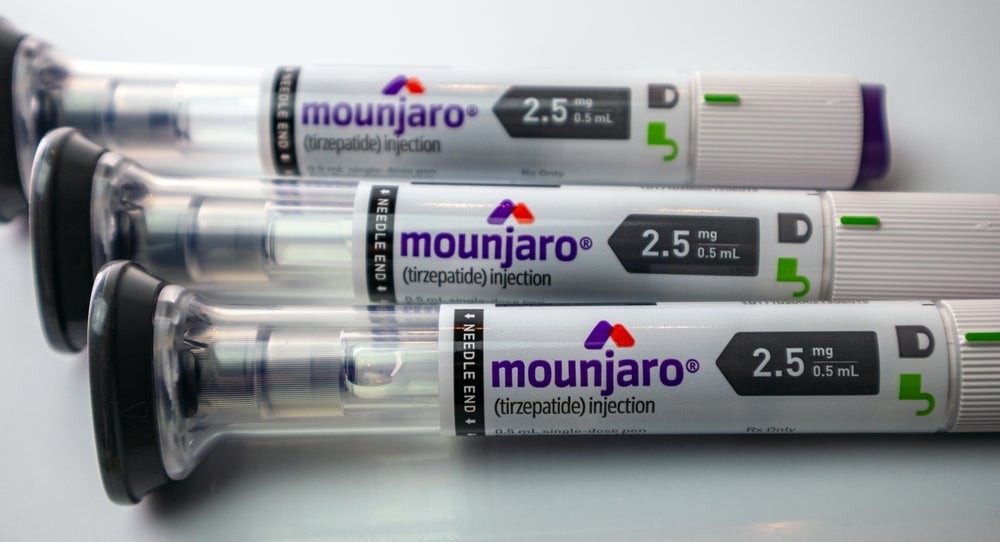Study Reveals Potential Risks of Scented Wax Melts on Indoor Air Quality
In recent years, the use of scented wax melts has surged as an alternative to traditional candles. Touted for their convenience and lack of open flame, these wax melts are widely believed to be safer options for home environments. However, groundbreaking research published in the journal Environmental Science & Technology Letters has raised alarming questions […]


In recent years, the use of scented wax melts has surged as an alternative to traditional candles. Touted for their convenience and lack of open flame, these wax melts are widely believed to be safer options for home environments. However, groundbreaking research published in the journal Environmental Science & Technology Letters has raised alarming questions about the safety of scented wax melts concerning indoor air quality. The study, conducted by a team of researchers at Purdue University, delves into how these seemingly innocent household items can produce potentially harmful nanoparticles when used.
As candles burn, they release a variety of volatile organic compounds (VOCs) and particulate matter into the indoor air. This emission can contribute to what is referred to as indoor air pollution, with serious ramifications for respiratory health and overall well-being. Traditional candles have long been criticized for their negative impact on air quality, primarily due to the combustion process that produces soot and smoke. Scented wax melts entered the market as a flame-free solution, promising to mitigate the downsides typically associated with burning candles.
The Purdue University study meticulously explored a lesser-known aspect of scented wax melts: their interaction with environmental ozone and consequent nanoparticle creation. Previous studies instituted a clear understanding of the compounds released by wax melts, particularly emphasizing their ability to emit higher concentrations of scent compared to traditional candles. This facet is attributed to the direct heating of the wax, maximizing surface area and thereby enhancing the release of scenting agents into the air.
To probe this newly suggested risk, researchers set up a controlled environment that replicated a typical residential setting. The team tested 15 commercially available scented and unscented wax melts for their indoor air quality repercussions, focusing specifically on the density of airborne nanoparticles they produced. Throughout the experimentation, it was found that airborne nanoparticles generated from these wax melts exhibited sizes ranging from 1 to 100 nanometers. Alarmingly, these dimensions are known to be small enough to penetrate human respiratory tissues, potentially entering the bloodstream and causing various health issues.
The study revealed that terpenes, volatile organic compounds released from the wax melts, played a significant role in this nanoparticle formation. Notably, when researchers conducted experiments using unscented wax melts, they discovered no emissions of terpenes or initiation of nanoparticle aggregation. This starkly illustrated that it is specifically the aromatic compounds derived from the scented versions that contribute to the formation of these potentially hazardous particles.
Researchers expressed concern regarding inhalation risks stemming from nanoparticles produced by scented wax melts, as previous literature has linked inhaling high concentrations of these particles to medical issues ranging from cognitive decline to elevated childhood asthma rates. The implications of the findings suggest that individuals may unknowingly inhale comparable amounts of nanoparticles from wax melts, equating them with traditional candles and gas stoves.
The researchers did not merely stop at establishing the nanoparticle emissions from wax melts; they delved deeper into categorizing these compounds. By utilizing existing literature, they assessed the inhalation exposure levels from wax melts as paralleling those from more established indoor air pollution sources like burning candles and cooking with gas. Their findings reveal an urgent need for comprehensive toxicological assessments regarding the respiratory health impacts from both the conventional and novel sources of indoor air pollution.
Researchers emphasized that this study significantly restructures the perception held by consumers regarding the safety of scented wax melts. Prior to these revelations, many considered them to be a benign alternative to traditional candles due to their flame-free nature. However, as this research indicates, the chemical interactions that occur during the melting process can yield unintended emissions that pose health risks similar to those from traditional combustion-based products.
In the wake of this study, heightened scrutiny is advised for both manufacturers and consumers regarding the implications of using scented wax melts in enclosed spaces. It also lays the groundwork for additional research focusing on the long-term health effects of inhaling the nanoparticles produced from these wax melts. Future studies may need to explore whether different formulations or the use of unscented alternatives might present lesser risks to indoor air quality and personal health.
The research conclusions not only provide insight into the underestimated dangers posed by popular household products but also underline the broader importance of maintaining clean indoor air environments. As scientists continue to uncover new knowledge regarding indoor air pollution sources, adopting preventative strategies and encouraging transparency in product formulations will become crucial. Stakeholders, including public health officials, manufacturers, and consumers, must collaborate to address these challenges effectively.
In summary, the Purdue University study serves as an important reminder that not all products marketed as safer alternatives live up to their claims. While scented wax melts may provide alluring fragrances without flames, the potential for harmful emissions upon use negates some of their perceived advantages. This emerging area of research highlights the need for ongoing investigations into the fine balance between fragrance, safety, and health in everyday household products.
Subject of Research: Scented wax melts and indoor air quality
Article Title: “Flame-Free Candles Are Not Pollution-Free: Scented Wax Melts as a Significant Source of Atmospheric Nanoparticles”
News Publication Date: 3-Feb-2025
Web References: ACS Publication
References: DOI – 10.1021/acs.estlett.4c00986
Image Credits: Credit: Purdue University/Kelsey Lefever
Keywords
Air pollution, indoor air quality, volatile organic compounds, scented wax melts, nanoparticles, environmental science, Purdue University, health risks.
Tags: air quality and scented productsalternative to traditional candlescombustion vs. non-combustion air pollutantseffects of wax melts on respiratory healthenvironmental impact of scented productsindoor air pollution and healthnanoparticles from wax meltspotential risks of scented wax meltsPurdue University air quality researchsafe home fragrance optionsscented wax melts indoor air qualityVOC emissions from home fragrances
What's Your Reaction?


































